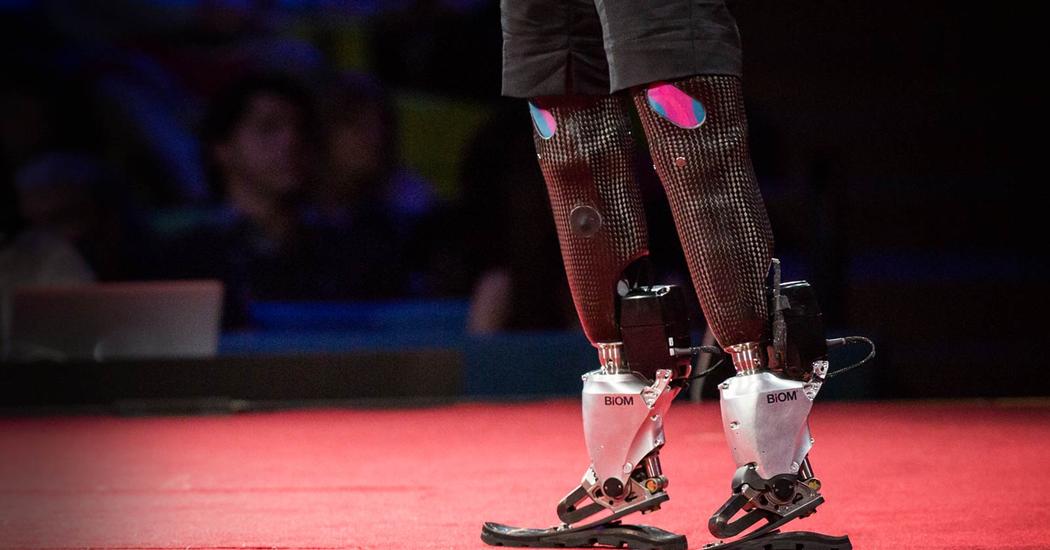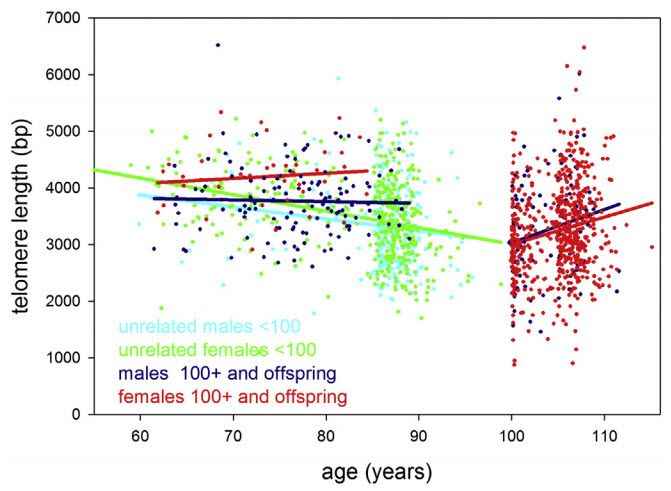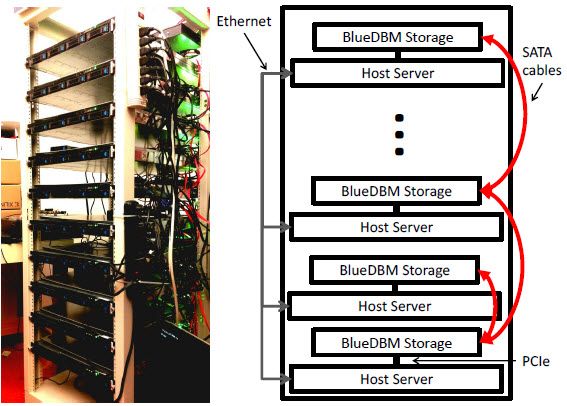It’s that easy.
This week, the US Patent and Trademark Office approved an application from Boeing for an autonomous drone that can be recharged without ever landing.
https://youtube.com/watch?a&feature=youtu.be&v=TFErQ3XM__c
An interview on transhumanism done by London Real:
Zoltan Istvan — Transhumanist — PART 1/2. FREE FULL EPISODE: http://londonreal.tv/zoltan-istvan This week’s guest on London Real is Zoltan Istvan, US Presidential candidate for the Transhumanist Party. Istvan’s stated aim is to “change the conversation” on transhumanism.
Transhumanism could be described as the use of technology to enhance human capabilities, both mental and physical.
As Istvan points out in this interview, the ultimate goal is transcending biological death.
This is an interesting story in one of Italy’s top 3 papers/sites about life extension science and millennials living beyond 100 years of age. It also features transhumanism: http://numerus.corriere.it/2015/08/06/i-millennials-camperan…ermettere/ and the English: https://translate.google.com/translate?hl=en&sl=it&u=http://…rev=search
Le tendenze della statistica ci dicono che chi oggi ha vent’anni ha ottime probabilità di arrivare ai cento in buona salute. Forse anche molto di più, se avranno successo le battaglie del Partito Transumanista che si presenta alle elezioni americane del 2016 con l’obiettivo di puntare più risorse sulla lotta all’invecchiamento. Ma come si configura un mondo di persone tanto longeve? L’allungamento della vita potrà beneficiare tutte le popolazioni o soltanto una fascia di privilegiati? Già oggi la speranza di vita nei Paesi più poveri è mediamente inferiore di 18 anni rispetto ai Paesi più ricchi e anche in Italia ci sono tre anni di differenza tra Milano e Napoli. E come si ridisegna un sistema sociale nel quale le persone vivranno venti o trent’anni più di oggi?
Un autobus rosso a forma di bara, con tanto di fiori finti sul tetto, percorre le strade degli Stati Uniti. Lo ha voluto il leader del Partito transumanista Zoltan Istvan, candidato alle elezioni presidenziali del 2016. Istvan non diventerà presidente, ma il suo messaggio non è banale: con il suo tour elettorale, vuole attirare l’attenzione sulla battaglia contro l’invecchiamento. Chiede più fondi per la ricerca e per le cure sanitarie, più carriere nelle attività tecnologiche, nell’intelligenza artificiale e nella medicina.
 .
.
Hugh Herr is building the next generation of bionic limbs, robotic prosthetics inspired by nature’s own designs. Herr lost both legs in a climbing accident 30 years ago; now, as the head of the MIT Media Lab’s Biomechatronics group, he shows his incredible technology in a talk that’s both technical and deeply personal — with the help of ballroom dancer Adrianne Haslet-Davis, who lost her left leg in the 2013 Boston Marathon bombing, and performs again for the first time on the TED stage.

In 1989, an 18-year-old South African named Elon Musk approached a girl at a party in Canada, where he was attending college, and said, “I think a lot about electric cars. Do you think about electric cars?”
That anecdote, one of scores that make up Ashlee Vance’s biography of the 44-year-old entrepreneur, is telling. Long before Musk parlayed the $US165 million he made for his part in developing the internet-banking giant PayPal into the more than $US11 billion that underwrite Musk Industries today, he was thinking ahead, envisioning a world that merged science with science fiction, a real world that he, the hero of this story, would bring to fruition.
Artisanopolis
Posted in futurism, innovation
See the detailed, innovative, and impressive architectural concept for a floating ocean city – Artisanopolis — created by Gabriel Scheare, Luke & Lourdes Crowley, and Patrick White of Roark 3D and Fortgalt as a gift to The Seasteading Institute, in conjunction with the Institute’s Architectural Design Contest. The images and animated video for this amazing concept are all available under a Creative Commons Attribution License and are an excellent contribution to future human progress, available for others to build upon.
August 9, 2015 by Gennady Stolyarov II Artisanopolis – Seasteading City Concept by Gabriel Scheare, Luke Crowley, Lourdes Crowley, and Patrick WhiteNo comments yet Categories: Art, Politics, Technology, Tags: aquaponics, architecture, Artisanopolis, Brighton, city, competition, England, Floating Cit…
Wyss Institute scientists believe that synthetic gene drives, if researched responsibly, might be used in the future to render mosquito populations unable to transmit malaria (credit: CDC)
An international group of 26 experts, including prominent genetic engineers and fruit fly geneticists, has unanimously recommended a series of preemptive measures to safeguard gene drive research from accidental (or intentional) release from laboratories.
RNA-guided gene drives are genetic elements — found naturally in the genomes of most of the world’s organisms — that increase the chance of the gene they carry being passed on to all offspring. So they can quickly spread through populations if not controlled.
Looking to these natural systems, researchers around the world, including some scientists, are developing synthetic gene drives that could one day be leveraged by humans to purposefully alter the traits of wild populations of organisms to prevent disease transmission and eradicate invasive species.
Leukocyte (white blood cell) telomere length in study participants up to 115 years of age. Statistical regression lines belonging to these groups are indicated by the same color as the data. (credit: Yasumichi Arai et al./EBioMedicine)
Scientists say they have cracked the secret of why some people live a healthy and physically independent life over the age of 100: keeping inflammation down and telomeres long.
Newcastle University’s Institute for Ageing in the U.K. and Keio University School of Medicine note that severe inflammation is part of many diseases in the old, such as diabetes or diseases attacking the bones or the body’s joints, and chronic inflammation can develop from any of them.
The study was published online in an open-access paper in EBioMedicine, a new open-access journal jointly supported by the journals Cell and Lancet.
A 20-node BlueDBM Cluster (credit: Sang-Woo Jun et al./ISCA 2015)
There’s a big problem with big data: the huge RAM memory required. Now MIT researchers have developed a new system called “BlueDBM” that should make servers using flash memory as efficient as those using conventional RAM for several common big-data applications, while preserving their power and cost savings.
Here’s the context: Data sets in areas such as genomics, geological data, and daily twitter feeds can be as large as 5TB to 20 TB. Complex data queries in such data sets require high-speed random-access memory (RAM). But that would require a huge cluster with up to 100 servers, each with 128GB to 256GBs of DRAM (dynamic random access memory).
Flash memory (used in smart phones and other portable devices) could provide an alternative to conventional RAM for such applications. It’s about a tenth as expensive, and it consumes about a tenth as much power. The problem: it’s also a tenth as fast.








